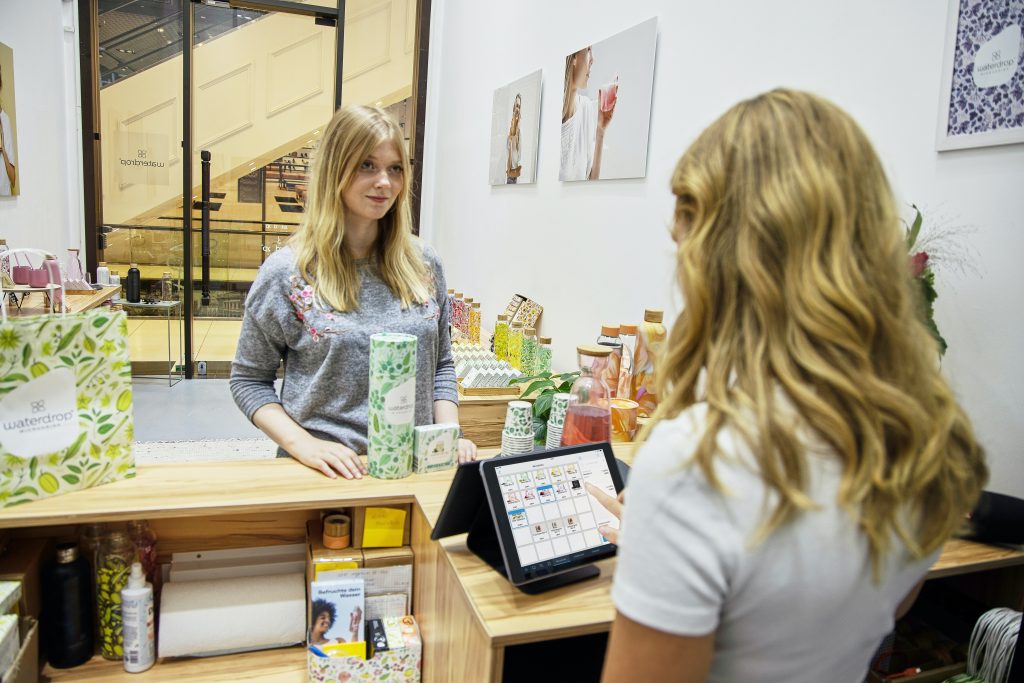The top influencer marketing trends for retailers

Social commerce is taking off and more brands are realizing the power of marketing their products with influencers. In order for brands to stay on top of their game, there are some key trends that they should be aware of when marketing their products and appealing to potential customers.
Here are the top trends that retailers should be aware of in the influencer marketing space:
1. Affiliate and ambassador programs transform into influencer marketing channels
Brands have realized that affiliate and ambassador programs can only go so far. Consumers are becoming more aware of “undercover” marketing and affiliate links do not always convert as well as direct sponsored posts from brand-backed influencers. Consumers are more likely to trust ambassadors or influencers that they see working with a brand on a regular basis. As a result, brands should start considering which of their affiliate partners or ambassadors they can work with on a regular basis to create influencer campaigns that will convert better into sales.
Read also:

Photo by Artem Gavrysh on Unsplash
2. Work with micro, macro and mega influencers, if you can
Most retailers aim to work with macro and mega influencers, but they rarely think to work with smaller tier influencers like micro and nano influencers. These later influencers have strong communities and niche followings that brands can use to their advantage to get the message out about their campaign. Retailers should aim to work with a variety of influencers from different tiers in order to maximize their reach and potential for engagement.
3. Differ the pricing models for influencers
Influencers are charging more as they become good sources of purchasing persuasion for consumers. Retailers should aim to mix up their rates with influencers, looking not just at the price per post, but instead working with influencers as partners. This can be achieved through whitelisting or account takeovers, or retailers can decide to work with brands based on post performance and engagement rates. Retailers should select the pricing model that works best for their business and makes the most sense in terms of realistic results from the influencer.
4. Video, video and more video
Social media platforms are adding new features everyday and one of the most prominent media that they are focusing on is video. This may be due to the TikTok revolution and demand for live, streaming videos from Gen Z users. Whatever the reason, video is one of the best ways to get the message out there for your brand in creative ways, whether it’s through influencer challenges or with product tutorials and try-ons.
Retailers have so many options before them when it comes to using influencer marketing to their advantage in the social commerce sphere. They only need to choose the method and strategy that suits them best!




 "A Must-Have Tool for Influencer Marketing"
"A Must-Have Tool for Influencer Marketing"
 "Game changer for Social Commerce and Brand Awareness"
"Game changer for Social Commerce and Brand Awareness"


